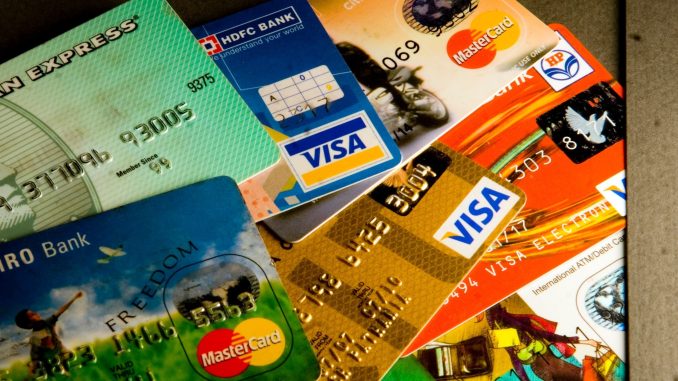
Buying on credit has become so normalized that many people rarely pause to consider its full implications. Swiping a card or clicking “buy now, pay later” feels effortless, and in the moment, it can seem like a smart way to manage cash flow or take advantage of a deal. But beneath that convenience lies a complex web of costs—some financial, some psychological—that can quietly erode your long-term stability. The true cost of buying on credit isn’t just the price tag plus interest. It’s the ripple effect that touches your future choices, your financial flexibility, and even your sense of control.
At its core, credit is a tool. Used wisely, it can offer flexibility, build a credit history, and help manage timing mismatches between income and expenses. But when used reactively or without a clear plan, it can become a trap. The most obvious cost is interest. For example, purchasing a $1,000 item on a credit card with a 20 percent annual interest rate and making only minimum payments could result in paying hundreds more over time. That item, once a good deal, becomes significantly more expensive. And because interest compounds, the longer the balance remains unpaid, the more the cost grows—often invisibly, until the statement arrives.
Fees add another layer. Late payments, over-limit charges, and annual fees can quietly accumulate, especially if you’re juggling multiple accounts. These costs may seem minor individually, but they reflect a broader issue: the price of borrowing isn’t just about interest rates. It’s about the terms, the timing, and the behavior. For instance, missing a payment not only incurs a fee but can also trigger a penalty interest rate, making future borrowing even more expensive. And if your credit score takes a hit, the cost of future loans—like a mortgage or car financing—can rise dramatically.
Beyond the numbers, buying on credit can distort your perception of affordability. When you pay with cash or debit, the transaction is immediate and tangible. You feel the impact. But with credit, the pain is delayed, and that delay can lead to overspending. It’s easy to justify a purchase when the bill won’t arrive for weeks, and even easier when minimum payments make the cost seem manageable. This psychological disconnect can lead to a cycle of consumption that feels harmless in the moment but adds up over time. For example, someone might routinely spend $200 more per month than they earn, thinking they’ll catch up later. But without a clear plan, “later” becomes elusive.
Credit also affects your financial flexibility. Carrying balances means that a portion of your income is already spoken for before the month begins. That limits your ability to respond to opportunities or emergencies. If a job loss, medical expense, or unexpected travel arises, having high credit card debt can make the situation more stressful. You’re not just dealing with the new expense—you’re managing the weight of past decisions. In contrast, someone with low or no debt has more room to maneuver, more options, and less pressure. That flexibility is hard to quantify, but it’s one of the most valuable assets you can have.
There’s also an emotional cost. Debt can create anxiety, guilt, and a sense of being trapped. Even if the balances are manageable, the mental load of knowing you owe money can affect your well-being. It can influence your relationships, your sleep, and your ability to focus. For example, someone who’s constantly worried about making payments may avoid social outings, delay career moves, or feel reluctant to take financial risks that could lead to growth. This emotional toll isn’t always visible, but it’s real—and it’s part of the true cost of buying on credit.
That said, credit isn’t inherently bad. It’s how it’s used that determines its impact. Strategic use of credit—such as leveraging a zero-interest promotion to spread out a necessary expense, or using a rewards card and paying the balance in full—can be beneficial. But that strategy requires discipline, planning, and a clear understanding of the terms. It also requires a mindset that views credit as a temporary bridge, not a permanent solution. For example, using a credit card to cover a short-term cash shortfall can make sense if you have a plan to repay it quickly. But using it to fund a lifestyle beyond your means is a recipe for long-term strain.
Education plays a role in mitigating the cost. Understanding how interest works, how minimum payments are calculated, and how credit scores are affected by utilization and payment history empowers you to make better choices. For instance, knowing that carrying a balance close to your credit limit can hurt your score—even if you make payments on time—might prompt you to pay down balances more aggressively. These insights don’t just help you avoid fees—they help you build a financial foundation that supports your goals.
Ultimately, the true cost of buying on credit is about more than dollars and cents. It’s about the trade-offs you make, the habits you form, and the future you shape. When used with intention and awareness, credit can be a useful tool. But when used passively or emotionally, it can become a silent drain on your resources and your peace of mind. The challenge is to stay engaged, ask questions, and make choices that reflect your values and your vision for the future. Because every swipe, every click, and every payment is part of a larger story—and you get to decide how that story unfolds.